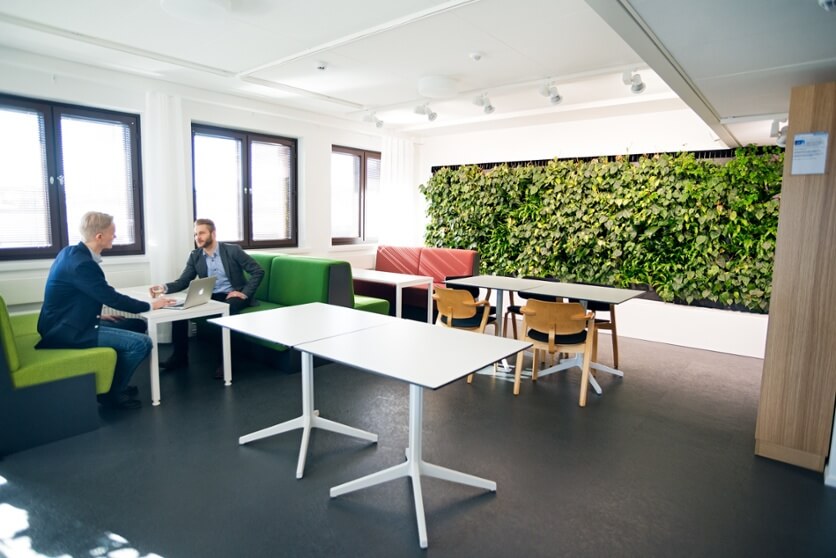Editorial Posted by Siru Heiskanen on April 13, 2017
Could Buildings Improve our Health?
How to get rid of unhealthy indoor environments once and for all?
Every now and then there is another report on a new problem building, often a school, a hospital, a library, or a home. Indoor air problems are a relatively new phenomenon: first time they were acknowledged was in the '50s. So where do they originate from, and why have they just now turned into an everyday global problem?
There are many factors behind indoor air problems, but the reason that led to the explosion of the problem might sound surprising: the Yom Kippur war, which launched the beginning of a global oil and energy crisis in 1973, further sped up by the Iranian revolution.
The Arab countries, as the biggest oil producers of the Middle-East, cut down their production as an attempt to blackmail the United States and its allies from supporting Israel, who fought against them. The availability of oil dropped drastically, and the prices jumped. During the years 1973–1974 alone, oil prices grew a 100 %, and kept growing during the next few years.
How does all of this have anything to do with indoor air problems?
Energy efficiency is often gained at the expense of well-being
The drastic increase in the oil prices of course led to efforts in saving: building standards were renewed, so that they would be as energy efficient as possible. Air tight buildings also meant that mechanical ventilation increased. It is no coincidence, that only some years later after this subversion, the World Health Organization coined the term “sick building”.

For example, the LEED building standard aims for environmentally friendly, energy efficient and economically sustainable buildings. This is great for the environment – but not so great for the people living in these buildings. Tightly built, mechanically breathing buildings are far from the natural environment we were meant to live in.
Corporate expenses on people cost a 100 times more than energy and rent expenses
The situation is turned upside down as we start to look at the economy of this shift. Even though saves can be made in heating and cooling of the buildings, the possible health effects caused as a byproduct cause expenses that can be hard to measure.
It has been estimated that by improving the work environment and indoor air quality, it could be possible to create significant savings directly through cutting down negative health effects.
The easiest way to look at these numbers is through productivity: salaries are the biggest expenditure for companies, even a 100 times more than the energy, rent, and maintenance of the buildings all together.
It has been estimated, that by improving the work environment and indoor air quality, it could be possible to create significant savings directly through cutting down negative health effects.
In the United States alone, $6–19 billion could be saved in prevention of respiratory infections, $1–4 billion of allergies and asthma, $10–20 billion of sick building syndrome. In addition, saving would be produced indirectly through improved productivity and performance by $12–125 billion.
Towards occupant friendly, health-promoting buildings
Built environment is directly connected to human health, and the realization of this fact has led to proceedings. Delos building company for example, has developed another standard on side of LEED, called the WELL-building standard, which aims for buildings that are good for human health and well-being.
The CEO and founder of WELL-standard, Paul Scialla, hopes that in the future all buildings would be built in an effort to improve the lives of the people occupying them. These standards would include good indoor air quality, natural lighting, and biophilic elements.

We at Naava want to be a part of building healthier and happier working communities. We believe, that nature will return indoors, and we will be able to enjoy its health improving effects even during our work day.

